UpperSpoon
TPF Noob!
- Joined
- Feb 5, 2018
- Messages
- 9
- Reaction score
- 0
- Can others edit my Photos
- Photos OK to edit
Hi All,
Unfortunately, I get home after the sun has gone down, so my photography is done predominantly under artificial lighting.
I inherited one of these westcott Ulight Softbox kits with 2 leds:
Westcott uLite 2-Light Collapsible Softbox Kit with LED Bulbs - Two-light LED bundle with softboxes and stands.
And I have been experimenting and working with these over the past few weeks, however I really feel like I am not getting the light i need. I am fairly new to Photograohy so am unsure if its me or the lights.
I have a few hundred dollars I can put into additional lighting if need be, so any recommendations would be greatly appreciated.
Here are my more recent experiments with these lights:
Vegan Carrot Soup - Rich, Creamy, Full Flavored Soup, Full Of Goodness
I am shooting with a Nikon D750 and Nikkor 24 - 70mm f/2.8G ED
Sorry for the length of this post, I hope someone can get me all sorted out though
Unfortunately, I get home after the sun has gone down, so my photography is done predominantly under artificial lighting.
I inherited one of these westcott Ulight Softbox kits with 2 leds:
Westcott uLite 2-Light Collapsible Softbox Kit with LED Bulbs - Two-light LED bundle with softboxes and stands.
And I have been experimenting and working with these over the past few weeks, however I really feel like I am not getting the light i need. I am fairly new to Photograohy so am unsure if its me or the lights.
I have a few hundred dollars I can put into additional lighting if need be, so any recommendations would be greatly appreciated.
Here are my more recent experiments with these lights:
Vegan Carrot Soup - Rich, Creamy, Full Flavored Soup, Full Of Goodness
I am shooting with a Nikon D750 and Nikkor 24 - 70mm f/2.8G ED
Sorry for the length of this post, I hope someone can get me all sorted out though



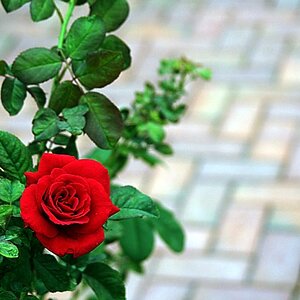
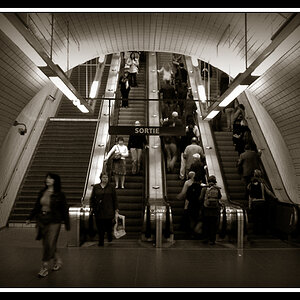
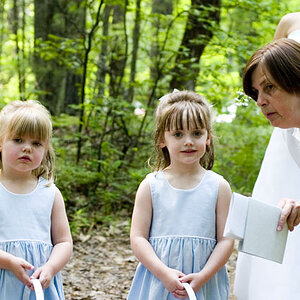
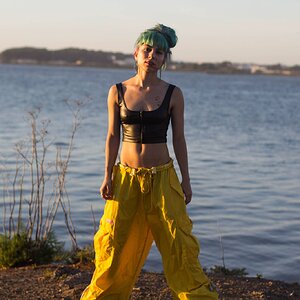
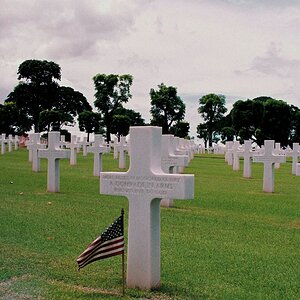
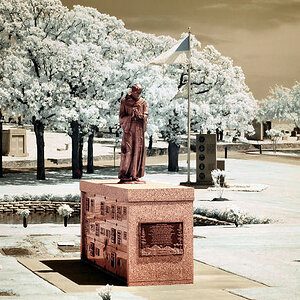
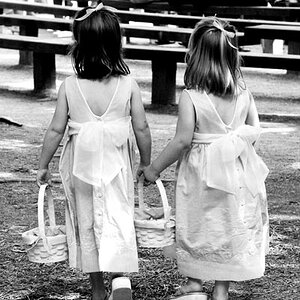
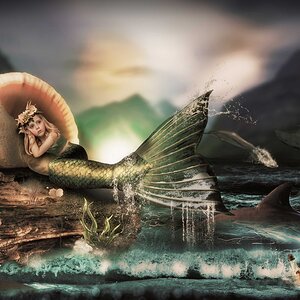
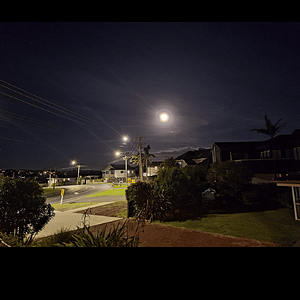
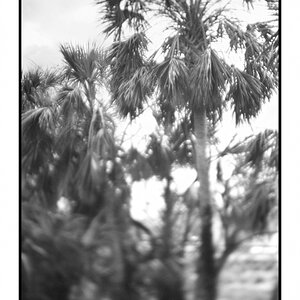
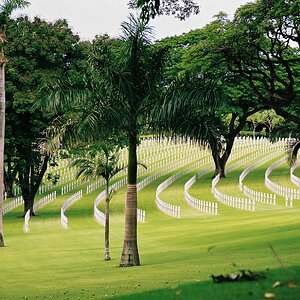
![[No title]](/data/xfmg/thumbnail/40/40284-f59f6230f0d5b9eacf977f8b0392f087.jpg?1619739407)